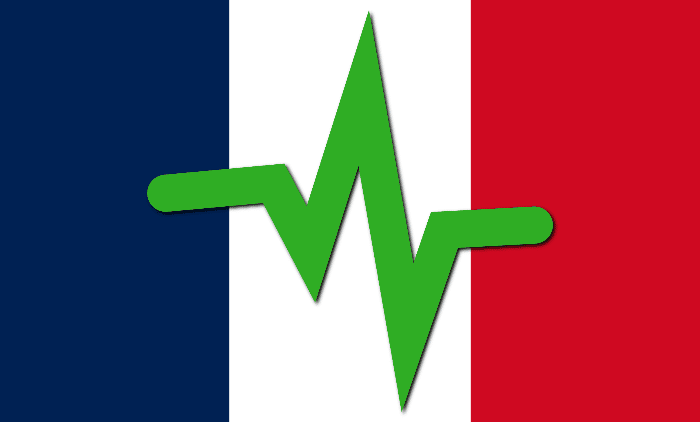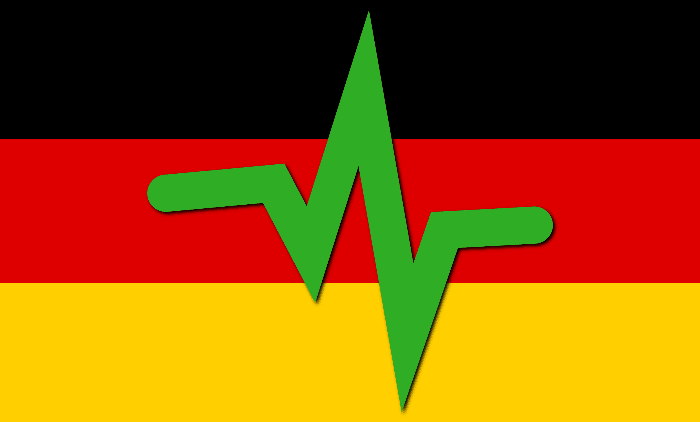National Cancer Prevention and Treatment Awareness Week: Breast cancer is preventable and curable. Early screening and early treatment are the key.
[ad_1]
April 15 to 21, 2024 is the 30th National Cancer Prevention and Treatment Awareness Week. At present, breast cancer is a malignant tumor with a high incidence among women in my country, and its incidence rate is increasing year by year, seriously threatening women’s health. Wang Jing, deputy director of the Breast Surgery Department of the Cancer Hospital of the Chinese Academy of Medical Sciences, said in an interview with a reporter from People’s Daily Online that breast cancer is preventable and treatable, and early screening and early treatment are very important.
Breast cancer is preventable and treatable. Early screening and early treatment are of great significance.
Breast cancer is a malignant tumor that occurs in breast epithelial tissue. It can occur in both men and women, and more than 98% of breast cancer patients are women. Wang Jing introduced that the main cause of breast cancer is that breast epithelial cells are affected by a variety of factors, such as various carcinogens, genetic factors, etc., resulting in uncontrolled cell proliferation and the formation of breast malignant tumors.
Wang Jing reminded that those with a family history of breast cancer or ovarian cancer may have premature menstruation (<12周岁)或绝经较晚(>Those who are 55 years old), those who have not had children, those who have late childbearing and those who are not breastfeeding, those who take exogenous estrogen for a long time, those who have biopsy-proven breast atypical hyperplasia, those who are postmenopausal and obese, those who drink excessively for a long time, etc. are high-risk groups for breast cancer. .
“Breast cancer is preventable and curable, and early screening and early treatment are very important.” Wang Jing emphasized that breast cancer screening is an effective measure for early detection of breast cancer. Through timely diagnosis and standardized treatment, the cure rate of breast cancer can be significantly improved.
Wang Jing said that breast cancer screening items include breast physical examination and breast color ultrasound examination. If the initial screening result is abnormal, subsequent mammography, breast biopsy, and histopathological examination may be required. It is generally recommended to start breast screening at the age of 40, and to have B-ultrasound and mammography at least once a year; for people with relevant family medical history, it is recommended to start breast screening from around the age of 25.
Breast hyperplasia is not the same as breast cancer
The breast gland is affected by endogenous hormones and undergoes a process of proliferation and recovery every month. Wang Jing said that before menstruation, women feel breast swelling and pain. This is normal physiological breast hyperplasia and cannot be considered a disease. As hormone levels drop at the end of menstruation, the breasts will soften and return to their original state. However, if during the process of proliferation and recovery, some breast lobules do not recover well and remain in a hyperplasia state, it will cause structural disorder of the breast tissue and persistent pain and nodules. At this time, breast hyperplasia will occur.
“In most cases, breast hyperplasia is a physiological response of breast tissue to hormones, and is not a real disease. Women with simple breast hyperplasia have the same chance of cancer as women without breast hyperplasia, so there is no need to worry , just follow up regularly.” Wang Jing reminded, but if it is pathological hyperplasia, it may become cancerous.
The main clinical manifestations of breast hyperplasia are breast pain, breast nodules or lumps, and some women may also experience nipple and areola itching and nipple discharge. The pain is usually swelling or stinging. The pain and lumps may appear or worsen in the days before your period and disappear after your period ends. “If the pain affects normal life; the pain lasts for more than 3 months; the pain does not disappear a week after menstruation ends; and you can feel a painful lump, it is recommended to go to the hospital as soon as possible.” Wang Jing said.
Breast cancer treatment methods vary depending on the condition
Breast cancer has better treatment effects among many tumors. One of the important reasons is that the treatment methods are diverse and can basically benefit patients to varying degrees. Wang Jing introduced that at present, common treatments for breast cancer include surgery, chemotherapy, radiotherapy, endocrine therapy, immunotherapy, traditional Chinese medicine, etc. The treatment methods should be selected according to the patient’s specific condition. There is a lot of consensus and experience on the treatment of early-stage breast cancer, and professional guidelines can be followed. For the treatment of late-stage breast cancer, the same methods are used on patients with different types and stages. Some treatment effects are quite different, so more Emphasis on individualized and precise treatment.
Breast-conserving surgery involves removing part of the glandular tissue containing the disease based on the breast cancer lesions, retaining the remaining normal glandular tissue, and appropriately treating the axillary lymph nodes, so that the patient does not have to experience the pain of breast loss. Wang Jing said that breast-conserving therapy is mainly used for patients with stage 0 intraductal breast cancer and early (stage I/II) invasive breast cancer. It can also be used for locally advanced patients who have achieved satisfactory results after neoadjuvant chemotherapy. Clinically, as long as the breast-conserving indicators are met, it should be “protected as long as possible.”
“For patients who cannot undergo breast-conserving surgery, breast reconstruction surgery can be performed at the same time as breast cancer surgery or at a later date, which does not affect subsequent treatment and can also meet the patient’s physical requirements.” Wang Jing said that breast reconstruction surgery will not increase the number of patients. Risk of breast cancer recurrence. Breast reconstruction surgery methods include the use of autologous tissue and the use of prosthetic breasts. The doctor can discuss with the patient the choice of breast reconstruction method based on the patient’s specific situation.
Wang Jing reminded that breast cancer patients who undergo surgical treatment should be reviewed regularly. It is recommended to review every 3 months within two years after surgery; every six months from 2 to 4 years; and annually after 4 years for life.
[ad_2]
Source link

![[Love Wants Sex Series 358]Find out the culprit and overcome psychogenic erectile dysfunction…](https://newsworldhealth.com/wp-content/uploads/2023/01/News-World-Health-China.png)

